A while back, I reviewed a popular water/gas valve actuator from the Tuya ecosystem, white labelled as model ZN231392. This particular water valve controller is resold by so many companies that it’s hard to keep track of which. The good news is, the hardware is very solid and it’s always the same. It’s just the white label and communication protocol that’s changing.
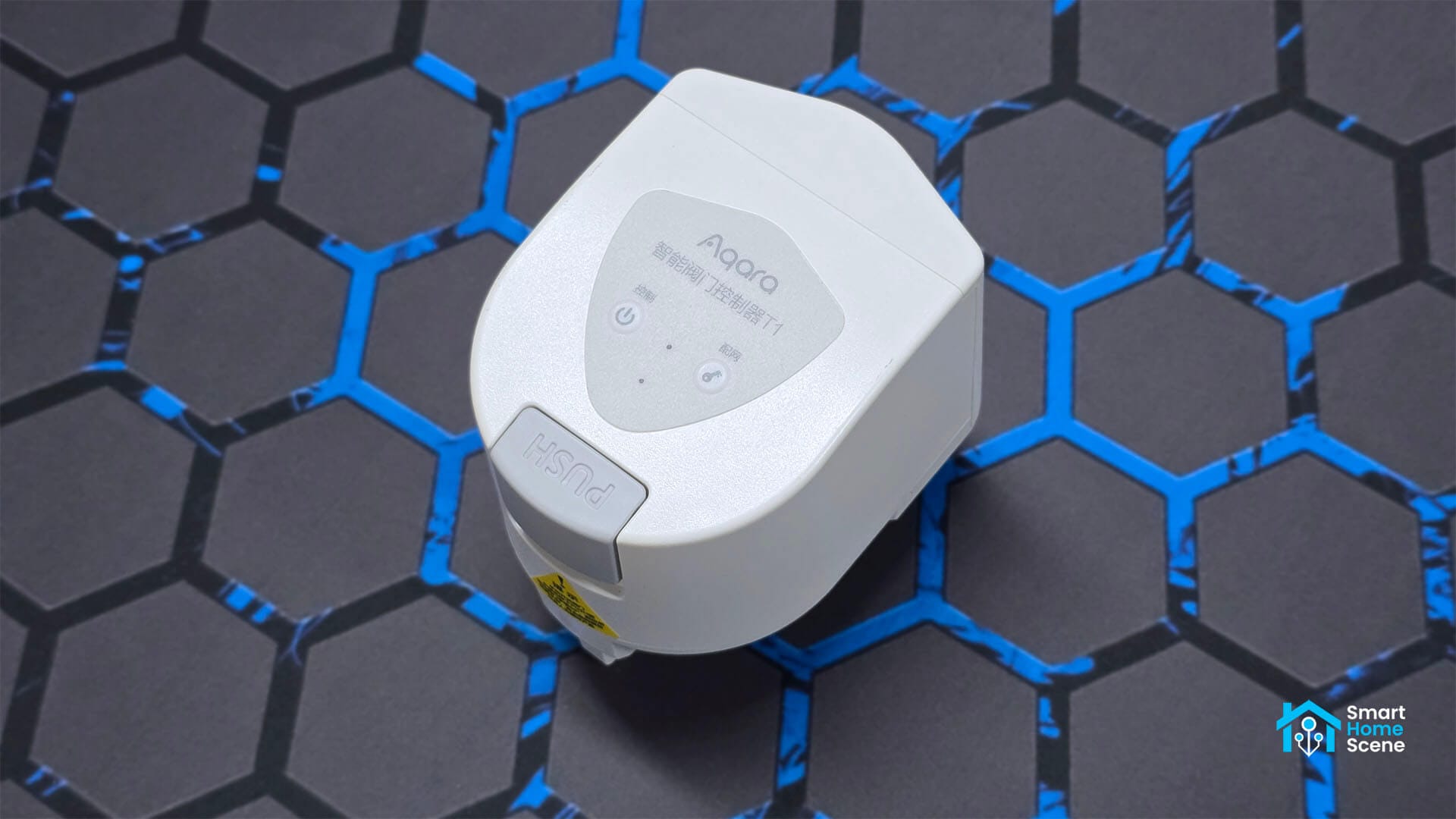
Aqara recently released their very own water/gas valve controller, a device type they’ve been missing from their Zigbee line-up – the Aqara Valve Controller T1. With a price tag of $69.99 on Amazon, the device is more costly then similar valve controllers. In this review, I’m going to dismantle the device and take a look at the internals, integrate it in Home Assistant and test it’s performance.
Technical Specification
- Name: Aqara Valve Controller T1
- Model: VC-X01E, VC-X01D
- Connectivity: Zigbee 3.0
- Power: 4xAA Batteries
- Torque: ≤ 3.6 Nm
- Valve Pressure: 1.6 MPa (16 bar)
- Compatible Handle Types: lever, butterfly handle
- Compatible Pipe Sizes: DN15, DN20, DN25
- Operating Temperature: -10°C~50°C (14°C~122°F)
- Operating Humidity: 0~95% RH, Non-condensing
- Dimensions: 93×72×84mm (3.66×2.83×3.31in.)
- Price: $69.99 on Amazon
Device Teardown
The Aqara Valve Controller T1 ships in a big, bulky box containing the device itself, a user manual, a mounting accessory kit and 4 AA batteries for powering the device. I ordered the device from AliExpress, so this is the Chinese version I’m reviewing. Since it’s a Zigbee device that I won’t be using with Aqara’s platform, it does not matter for which market it’s intended.
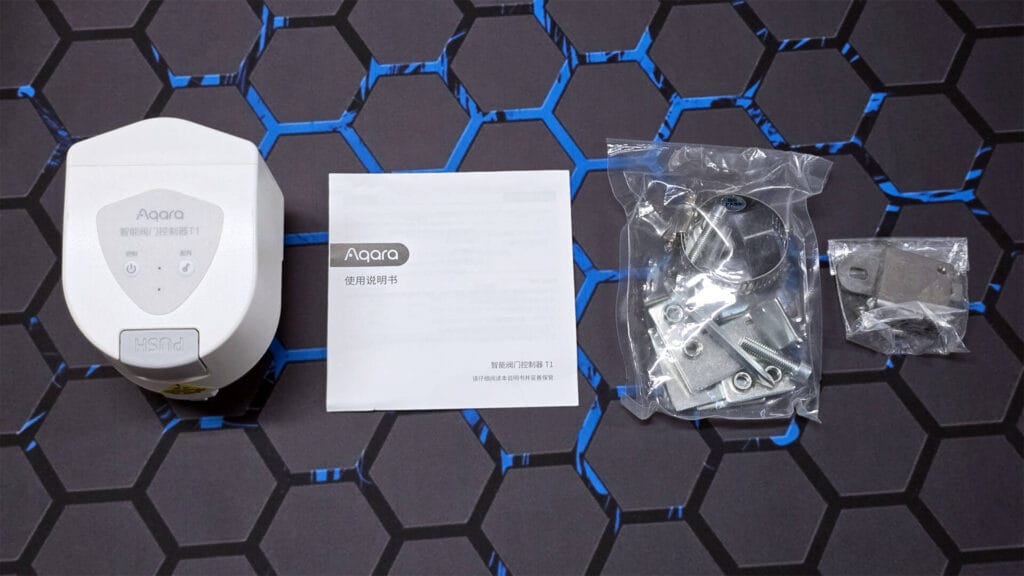
The Aqara T1 Valve Controller is bulky, there’s no way around that. It’s wider and longer then both the Tuya ZN231392 and the Moes ZV-QY-US-EN. Just another reason to dismantle the device and examine the internals.
There are two control buttons on the face of the device. One is used for manual triggering and pairing, while the other is used to lock the operation of the device. The clearly labelled PUSH button is a manual release switch, which allows to you turn the valve by hand if the device is out of power.
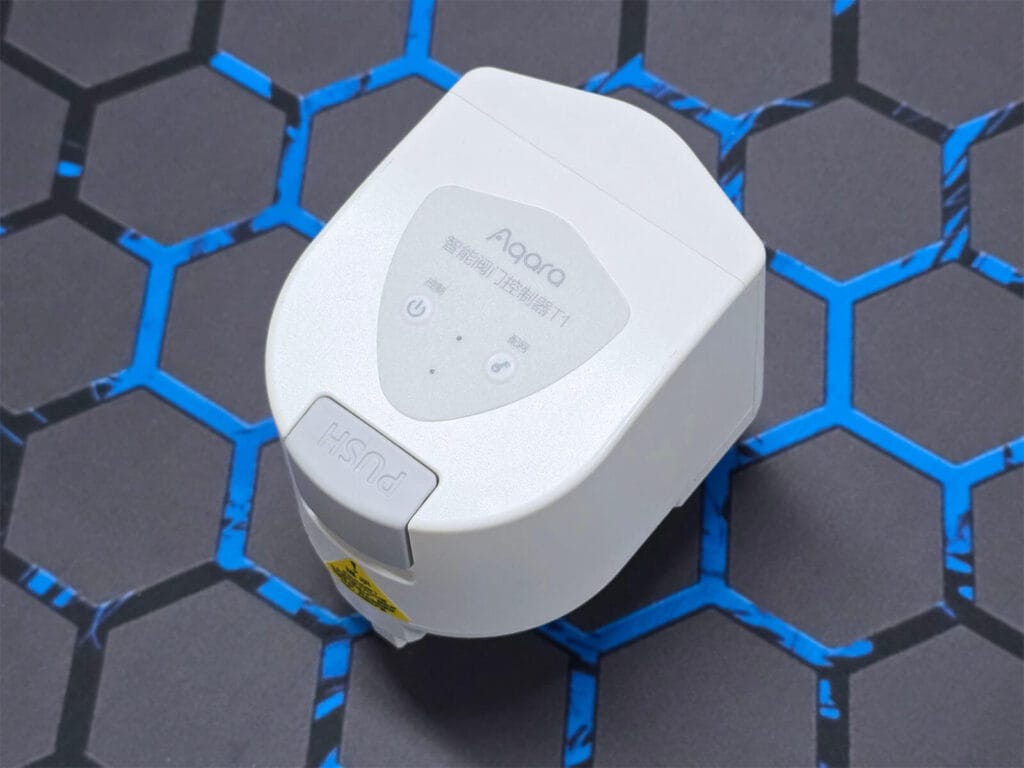
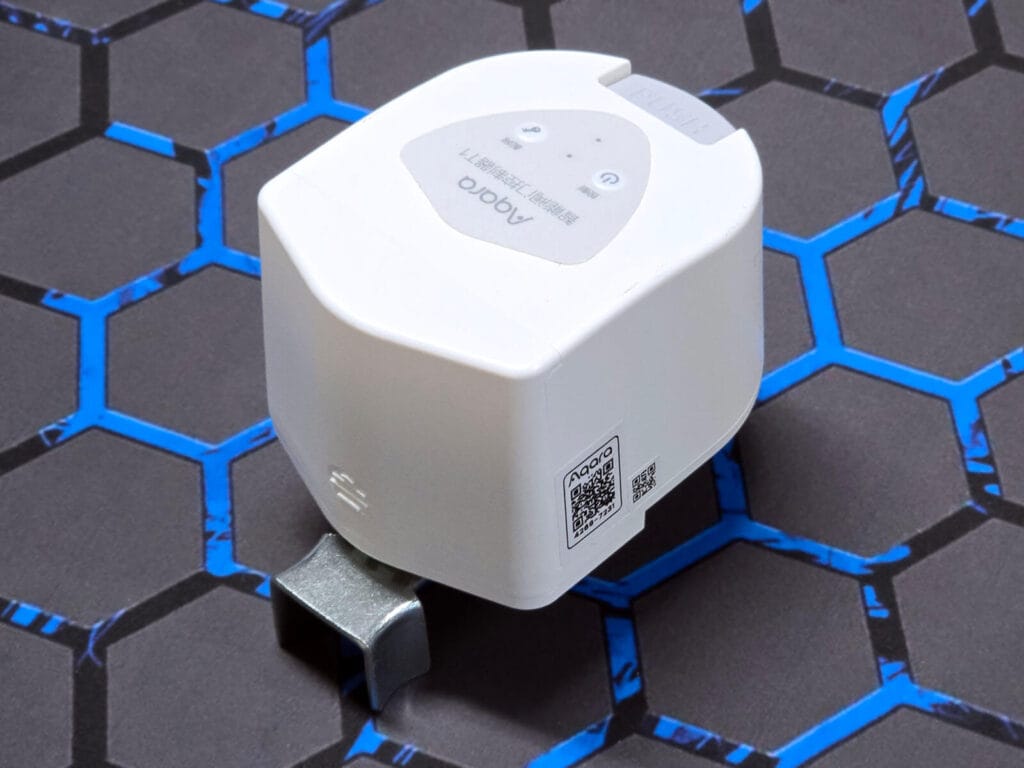
The metallic mounting bracket is held in place by a security screw connected to the motor inside. There are some basic specs printed on the bottom plate, but since this is the Chinese version, EU and US certification marks are missing. The whole thing is held together by 4 Phillips head screws.
Overall, the device feels heavy, bulky and well-made.
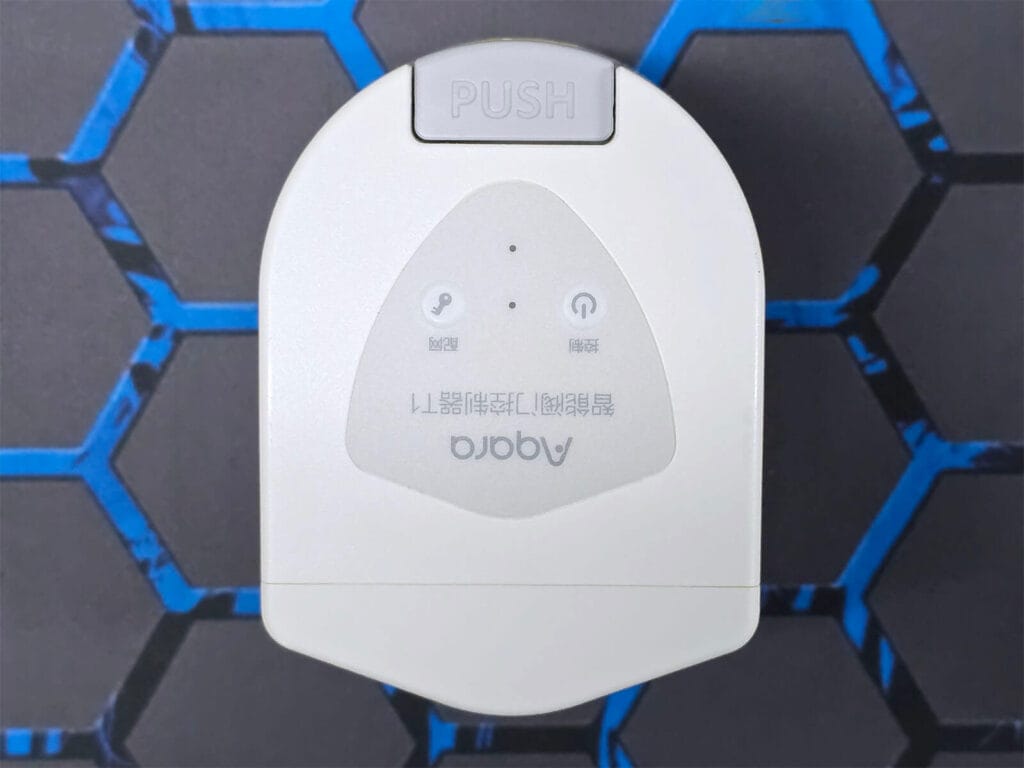
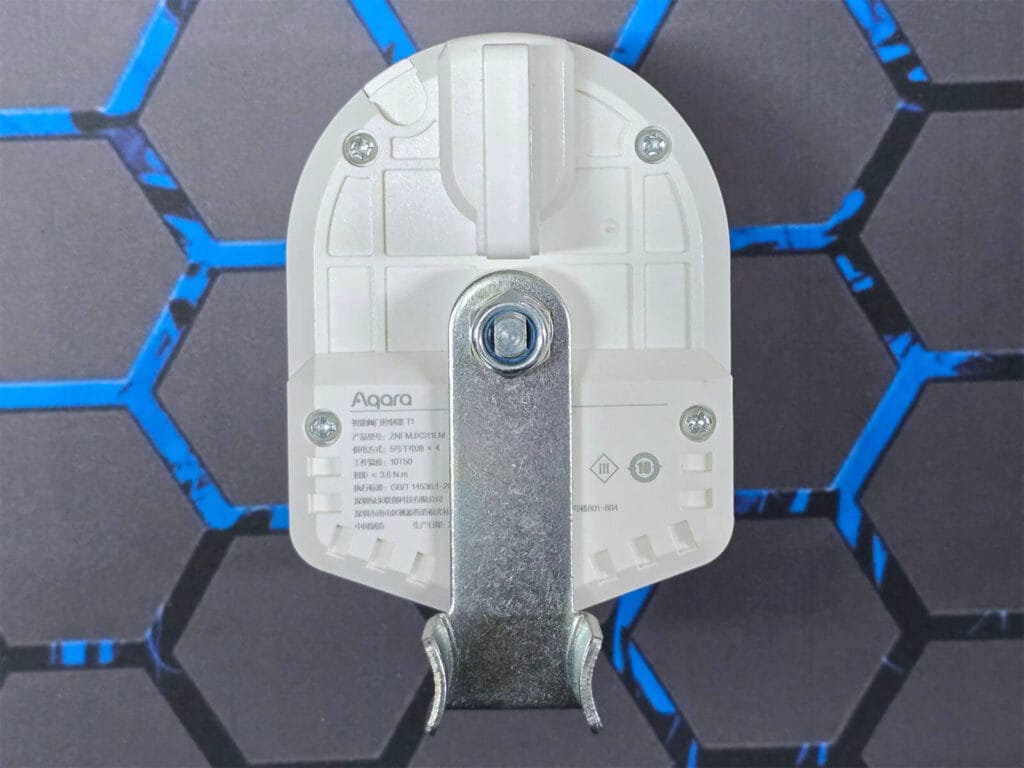
Once I opened up the device, I could freely examine the internal components. There are two PCBs inside the Aqara T1 Valve Controller. The main PCB holds the communication module, some capacitors, as well as the wiring to the batteries which are installed on the front. It also has a small antenna connected to the side of the case. The second, smaller PCB connects the motor to the main PCB with a 4-wire JST connector. Everything is neatly secured in place with strong Philips screws.
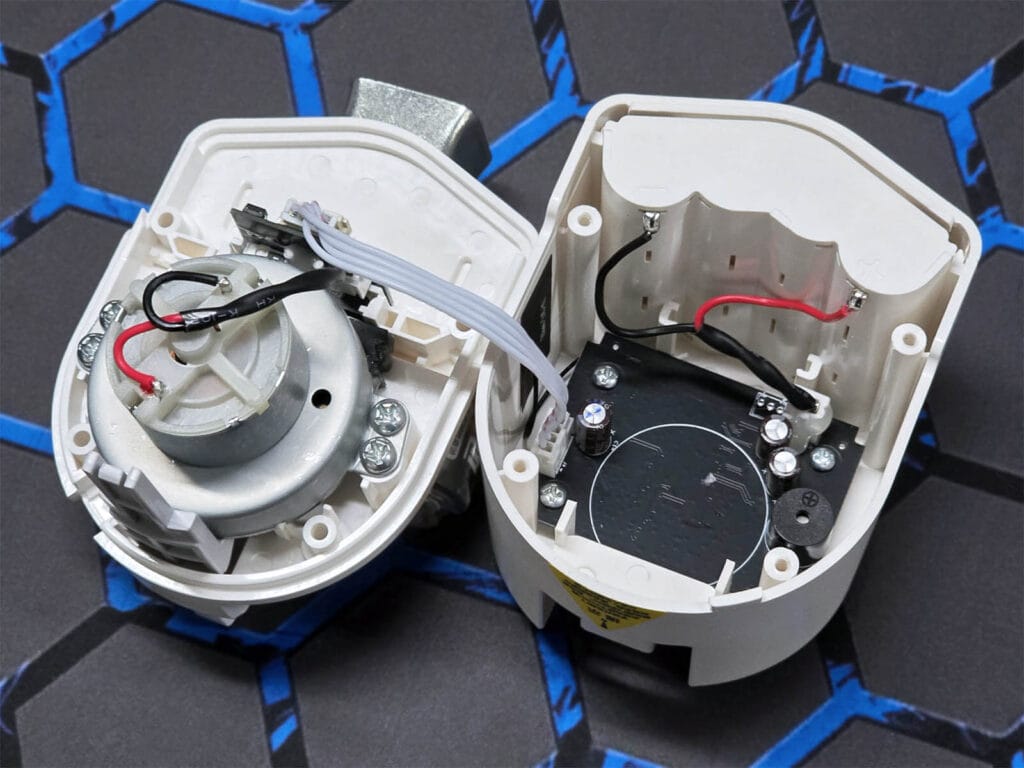
The motor driving this valve controller is a brushed DC motor with an integrated gearbox. I could not find out the company that manufactures this motor as there are no markings besides a “05/6800EQ”, which doesn’t tell me anything. It appears to be very similar in shape and size to the one used in the Tuya ZN231392.
What surprised me the most is that the Aqara T1 does not include additional gears inside its mechanism. While I’m not an engineer and my knowledge is limited, it’s my understanding that incorporating more gears, as well as a plastic safety gear, could reduce the motor’s stress and potentially extend its lifespan. On the flip side, having fewer gears reduces the risk of misalignment or slipping, eliminating one potential point of failure and increasing reliability. If I’m mistaken, feel free to share your thoughts in the comments below.
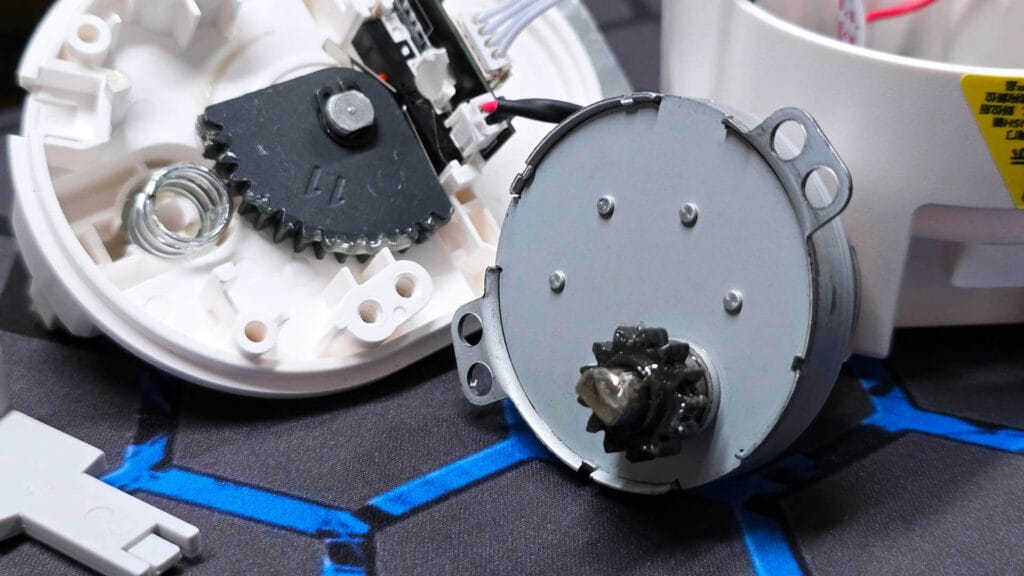
The operation is straightforward: the small spur gear rotates the quarter gear until it reaches the limit microswitches, at which point the motor stops, preventing over-rotation. The manual release mechanism disengages the spur gear, allowing the valve to be rotated freely. This mechanism works for both turning the valve on and off and operates on the same principle as seen in Tuya and Moes valve controllers.
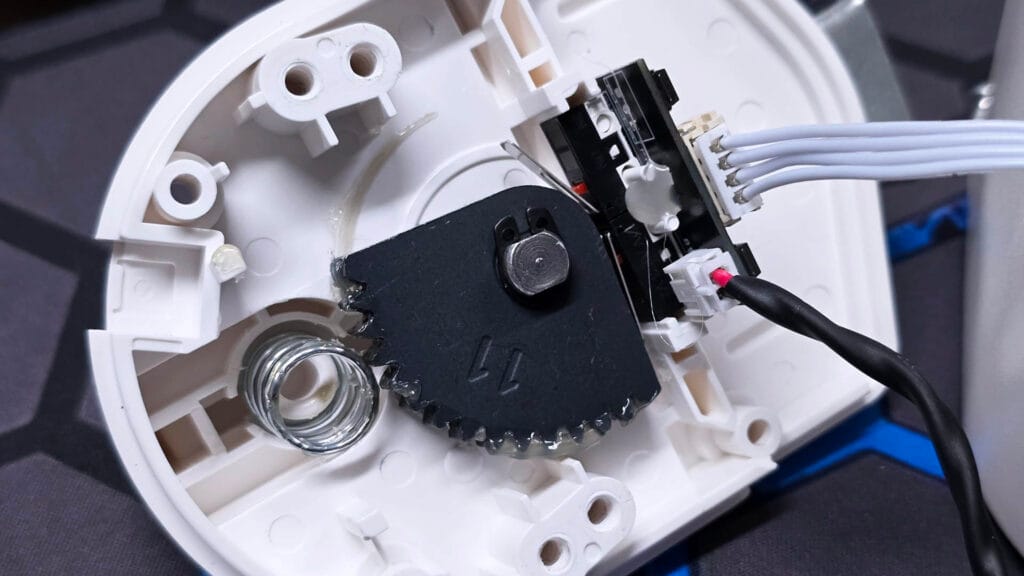
Once I took out the main PCB, I found the that this device uses the EFR32MG24 [Datasheet] module for Zigbee connectivity. This module supports both Thread and Zigbee out of the box, so they are consistently using it across their product lineup. It’s also found inside the Aqara T2 Dual Switch Module. The module is connected to an external antenna mounted on the side wall of the case for better reception.
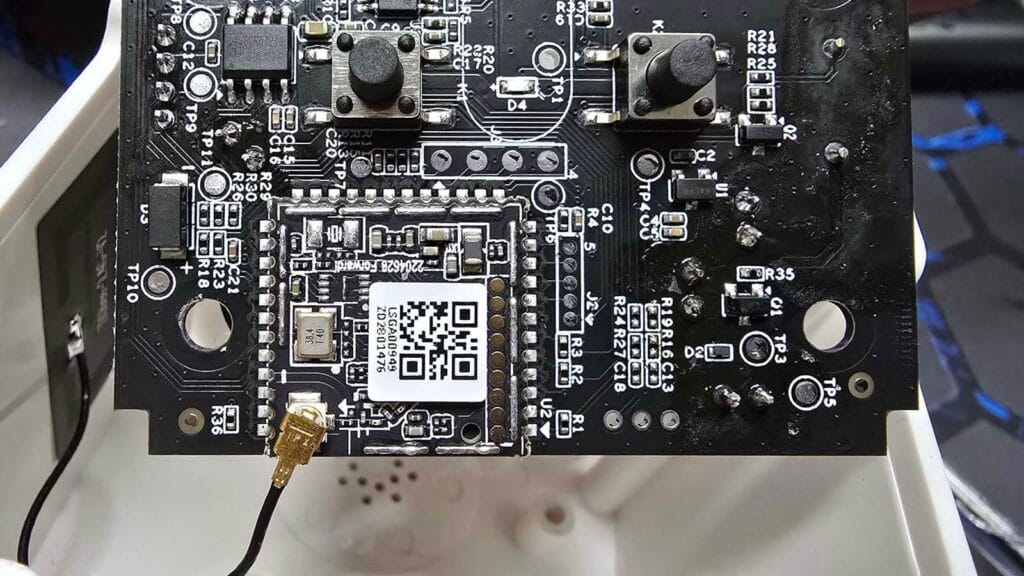
Home Assistant Integration
The Aqara Valve Controller T1 is supported out of the box in both ZHA and Zigbee2MQTT. No custom quirks or external converters are necessary, as the device clusters are very simple. To pair it to the coordinator, hold the power button until the LED start blinking.
Zigbee2MQTT
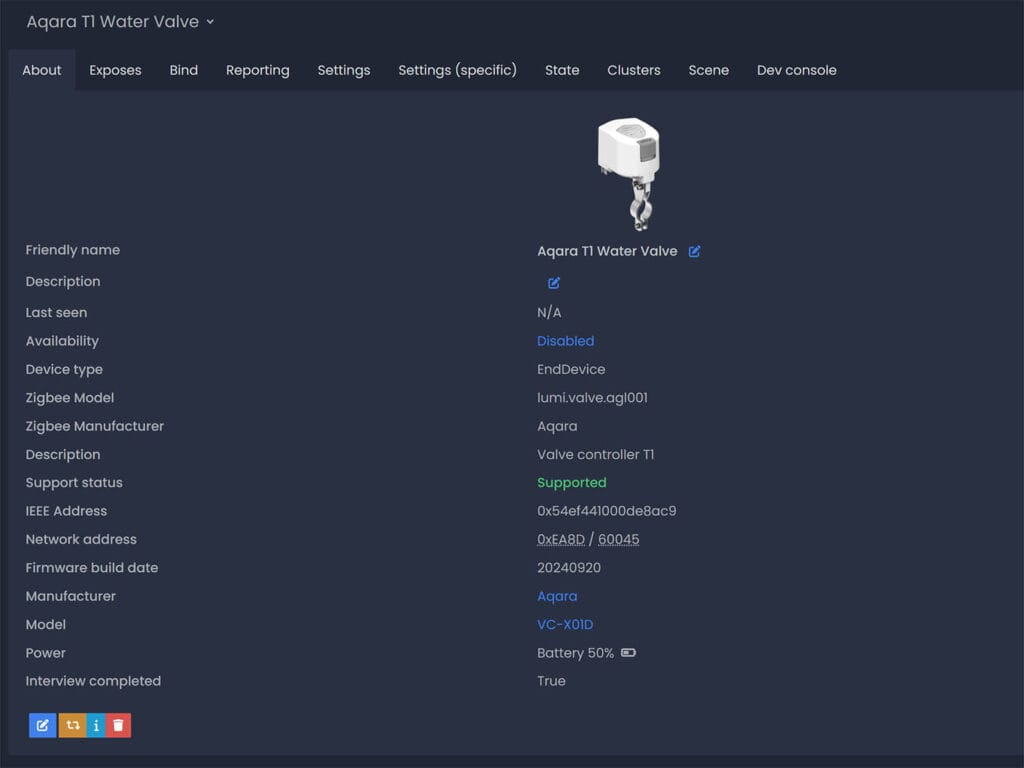
Once the device is added to Zigbee2MQTT, it is correctly identified as Zigbee model lumi.valve.agl001 with model number VC-X01D. It operates as an EndDevice since it’s battery powered and just like other Zigbee devices by Aqara, it’s going to be picky in choosing through which routers on your network it will communicate with.
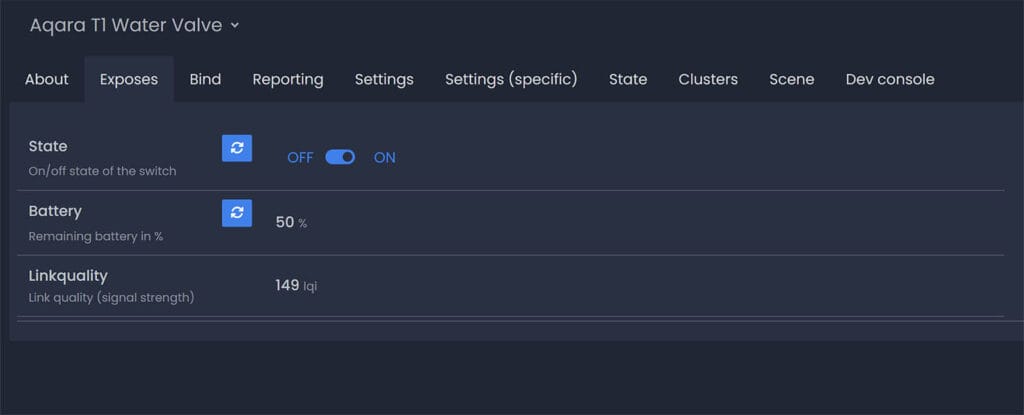
It exposes a simple switch entity which just opens and closes the valve once triggered. The battery level was read immediately after pairing, which came in at 50% out of the box. No additional entities about this device are available, as nothing more is needed. The Aqara T1 Valve Controller supports OTA updates in Zigbee2MQTT.
ZHA
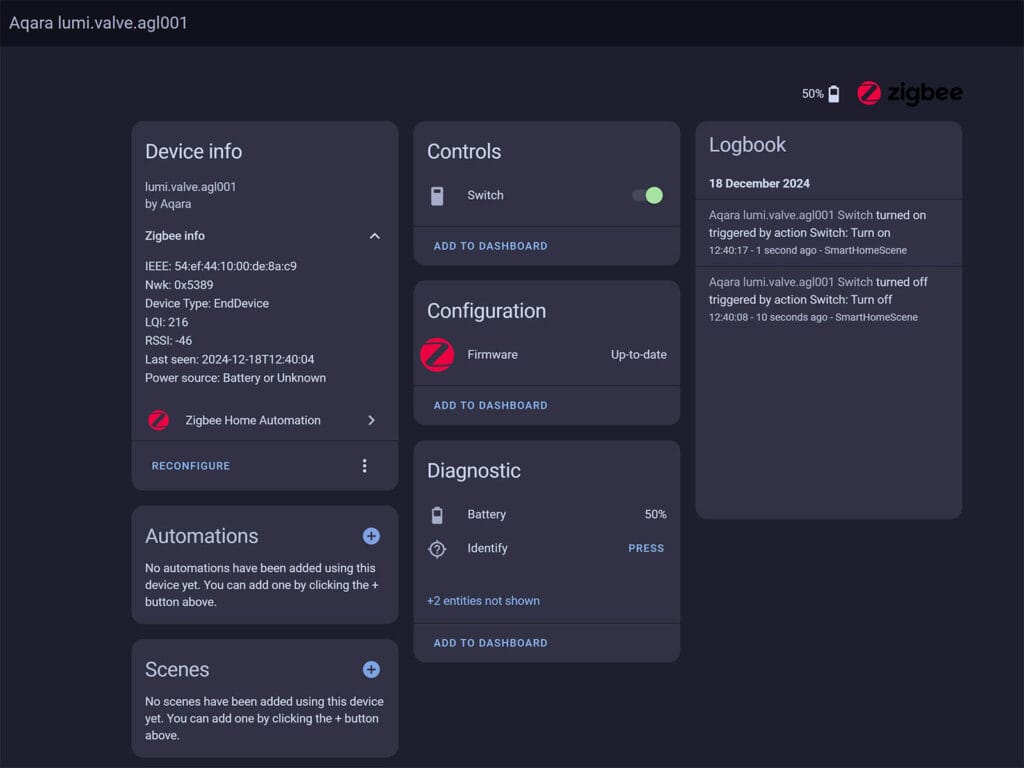
Once paired to my ZHA network, the device is also correctly identified as lumi.valve.agl001. Unlike most devices I tinker with, the Aqara T1 is fully supported in ZHA and no entities are missing. Toggling the switch entity works as expected, without issues.
Installation Tips and Operation Testing
Installing the Aqara T1 Valve Controller is very simple, but it does require you to be aware of several things. It also requires a low level of skill and I suspect only people who never held a screwdriver will not be able to install it. Aqara has a very helpful installation video of the device on their YouTube channel as well as a detailed user manual.
Here’s the full mounting process showcased in a single image:
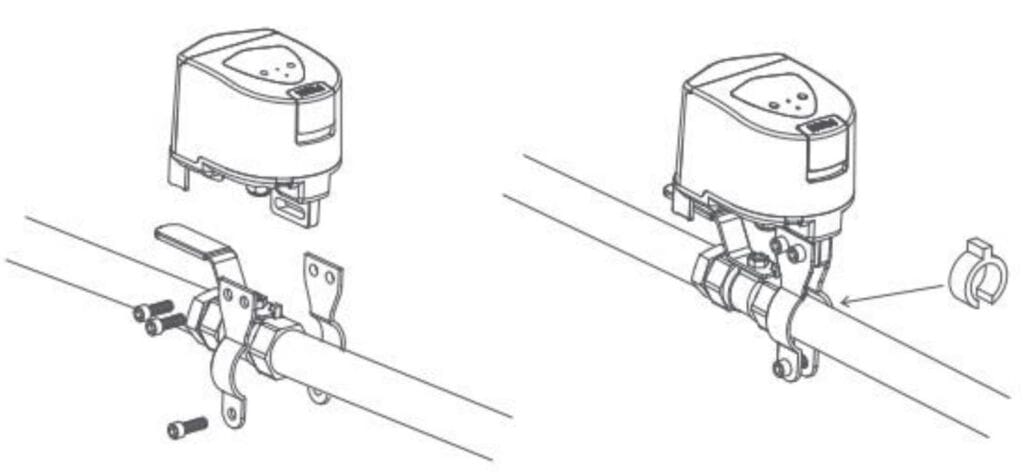
Before you begin, be aware of the following:
- The device is compatible with lever and butterfly valves only, which isn’t really helpful as there are many types of valve handles in these categories. From my personal experience with these types of valve openers, very short handle valves will not work well with the device. It can potentially cause slippage, especially if the valve itself does not open/close easily.
- The device is compatible with DN15, DN20, and DN25 pipes only, which correspond to pipe diameters of 15mm (1/2″), 20mm (3/4″), and 25mm (1″) respectively.
- For DN15 and DN20 pipes, use the provided mounting brackets; for DN25 pipes, use the included pipe clamps.
- At least 187x268mm should be reserved around the pipeline to ensure that there is enough space to install the valve. This includes space for using the screwdriver included in the package.
- Align the device’s output shaft with the valve’s center axis to ensure stable and proper operation.
Now, the real pro tip here is to lubricate the valve. If your valve is older or hasn’t been operated frequently, apply a small amount of silicone-based lubricant to the moving parts of the valve. This will reduce resistance and prevent unnecessary strain on the motor. From personal experience, I would also suggest that every six months you remove the device and manually operate the valve to ensure it hasn’t seized due to sediment buildup or lack of use.
Here’s how the device looks like once installed on a water facet in my basement:
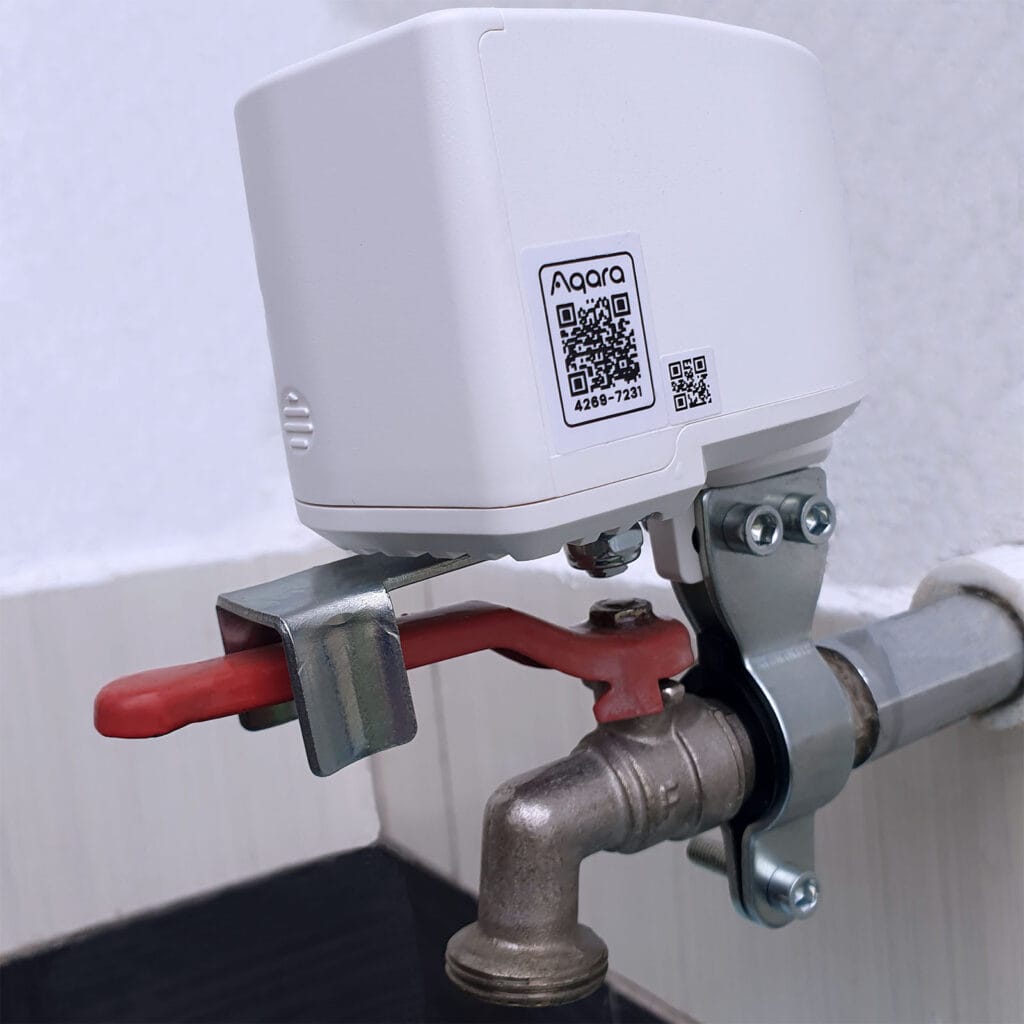
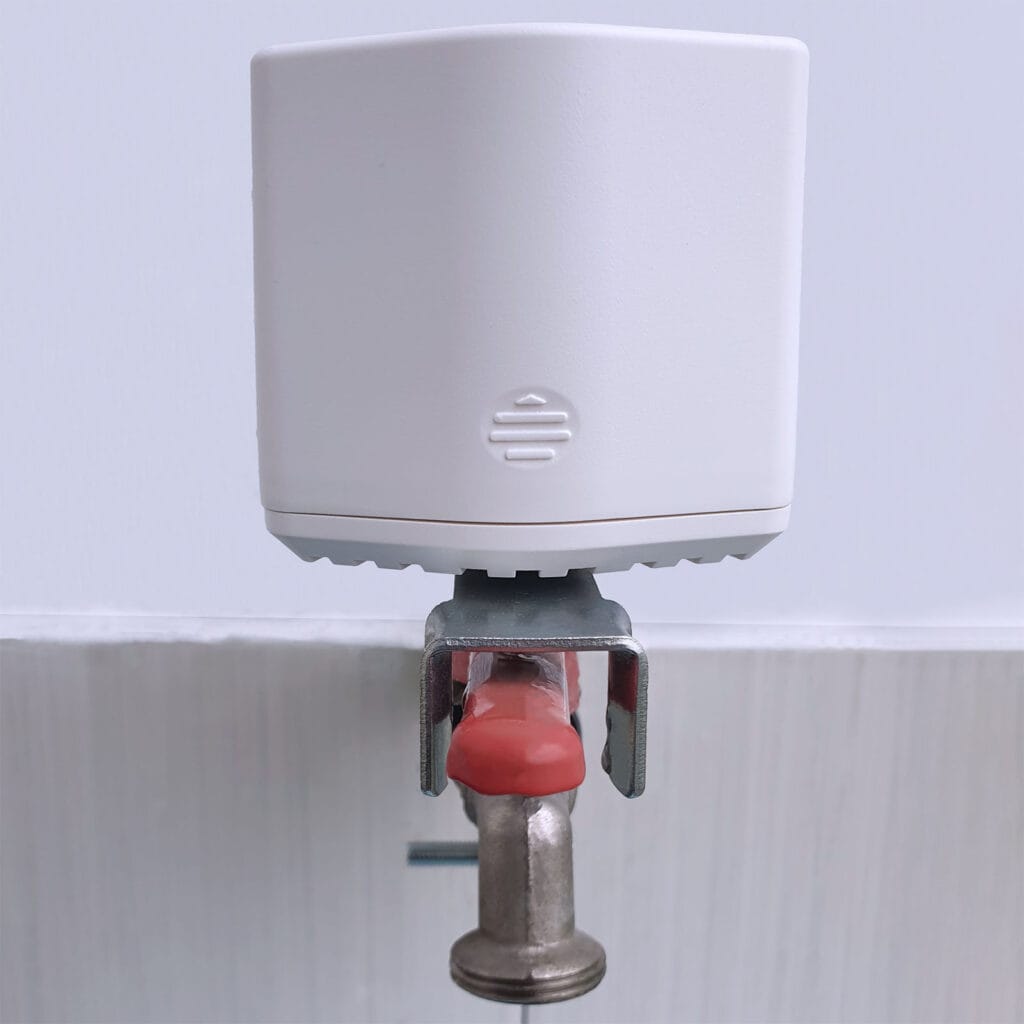
I had no space to install the Aqara T1 on one of the main handle valves in my basement. Instead, I had to mount and test it on a simple water faucet with a 20mm pipe. It mounted perfectly and It had no issue rotating the handle. The controller takes about 10 seconds to rotate the handle 90°.
Final Thoughts
The Aqara Valve Controller T1 is quite powerful. It produces impressive torque considering the energy is coming from four AA batteries. If your valve is not stuck and moves smoothly, this controller will be able to turn it.
Even though it may not seem like it at first, the device is very easy to install if you follow the user manual. It can attach to existing lever or butterfly handle valves, fitting pipe sizes of 1/2 inch, 3/4 inch, and 1 inch. It’s worth noting that you need to use the pipe clamp instead of the bracket for the larger pipes. In summary, here’s how I feel about the Aqara T1 Valve Controller:
What I like about the Aqara T1 Valve Controller:
- Easy to install and mount
- Supported in ZHA and Zigbee2MQTT
- Has a manual release switch for emergencies
- Long battery life of up to 2 years
- Produces enough torque to turn any valves if not rusted/stuck
- Can be paired and automated with a water leak sensor
What I don’t like about the Aqara T1 Valve Controller:
- Device is bulkier than similar valve controllers
- Device is pricier than similar valve controllers
- Device is a picky Zigbee communicator
To further explain my last point: This is an Aqara EndDevice. It means that by design, It’s picky in choosing the routers through which it will communicate with the coordinator. I suggest adding at least one Aqara router in it’s vicinity in order to prevent network drops or disconnects.
Pricing, Availability and Alternatives
If want to try out the Aqara T1 Valve controller, here are some links where it’s officially sold. It costs $69.99 on their official webstores as well as all Amazon stores it’s available at.
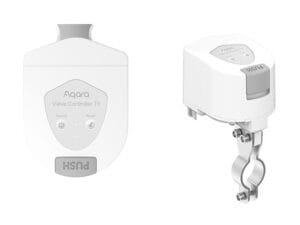
Aqara Webstore
Aqara T1 Valve Controller![]()
United States | United Kingdom
Canada | Germany | Netherlands
France | Spain
*If links fail to open, try disabling your AdBlocker.
As an alternative, I can highlight the following devices with a similar format, operation principle and price tag:
- Tuya ZigBee Water/Gas Valve Controller ZN231392
- Moes Zigbee Water/Gas Valve Controller ZV-QY-US-EN
- Zooz Z-Wave Titan Water Valve Actuator ZAC36
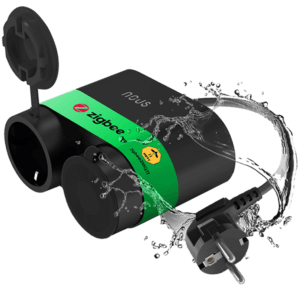
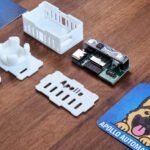
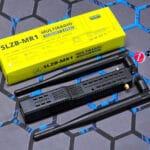
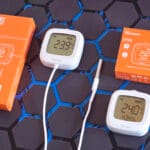


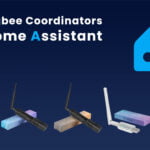



The motor is attached to the sealed gear box that is pancake designed. It isn’t made to be opened (without bending metal and removing rivets) , but there will be a few gears in there for sure
Unless I am mistaken, alternatives are not battery operated. Isn’t that enough to justify the bulky and expensive aspects of the Aqara compared to those?
Yes, but it depends. I prefer DC powered devices to batteries.
And the bulkiness is an issue in terms of installation space, it has nothing to do with the way the device is powered per se.
You correct in the way others are. A lot of water valves in Australia, where I am, are outside and no power outlet near by. That said, the T1 is only indoor rated, so would still need to be protected in those situations, but being battery operated and a battery life of over 1 year, it is definitely a viable option along with making, or buying, a little protective housing to keep the weather out.
SHS:
Since the comment to How To Use Zigbee2MQTT and ZHA with a Single Coordinator is close, I have a feedback shared with all interested in this solution.
It works for cc2652-based zigbee hub only. I tried on two HA host with Z2M installed respectively, both points to the same SLZB-06M, which is based on EFR32MG21.
The two Z2M instances can not run concurrently, one is up then the other is down and vice versa.
Until I changed the SLZB-06M to SLZB-06P7, the result is both Z2M runs concurrently just like your share.
Thanks!
Asking this a bit late but does the valve support bindings in z2m?
I’m not sure, it did not occur for me to check.
I’ll get back to you on that
Not sure if it supports all the bindings, but depending where you use Z2M you could manually configure a device type for it to convert the switch created into a valve
Can it be added to home assistant without aqara hub?
Yes it can, works both with ZHA and Z2M.
Does it work with AMAZON ECHO SHOW 8 with Zigbee integrated?
Through the Aqara hub, sure. Directly, I do not know.
As a couple of other comments have said, the motor has an integrated gearbox. More gears does not equal longer motor life. I believe the motor is a DC Stepper style motor in this device attached to sealed reduction gearbox. This should make it a lot more reliable than external gears as contamination is not going to be as big an issue.
Being bulky, well I would expect that is the 4 AA batteries are on the device, where as the less bulky devices have cheaper gears exposed and require an external power supply plugged into the mains. The slightly bulkier size is expected as a tradeoff for being battery operated. The motor and gear set had to be chosen to use less energy from the batteries, will still providing the torque, so it would be quite a sepcific motor and gear set.
The reveiw here is excellent and the tear down is really great. The fact this works in ZHA and Z2M also is a bonus. Thanks for the hard work you put in to this.